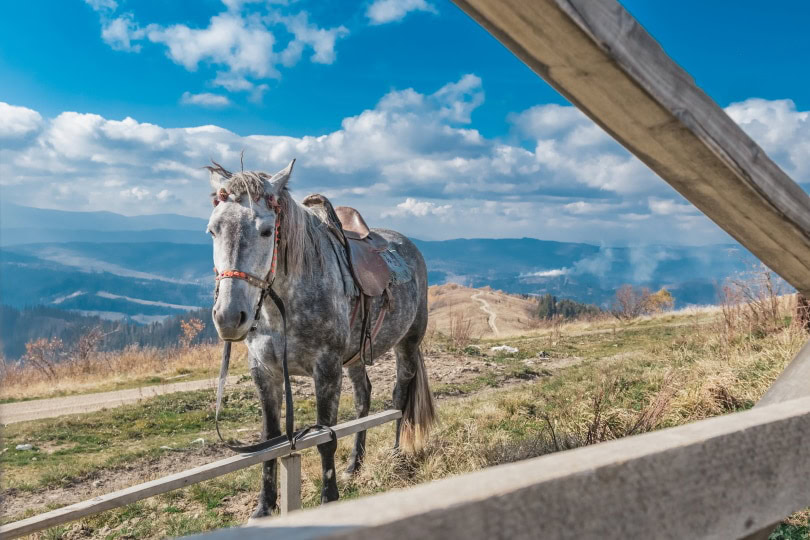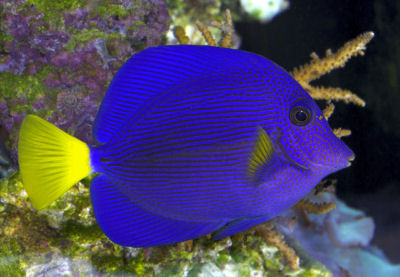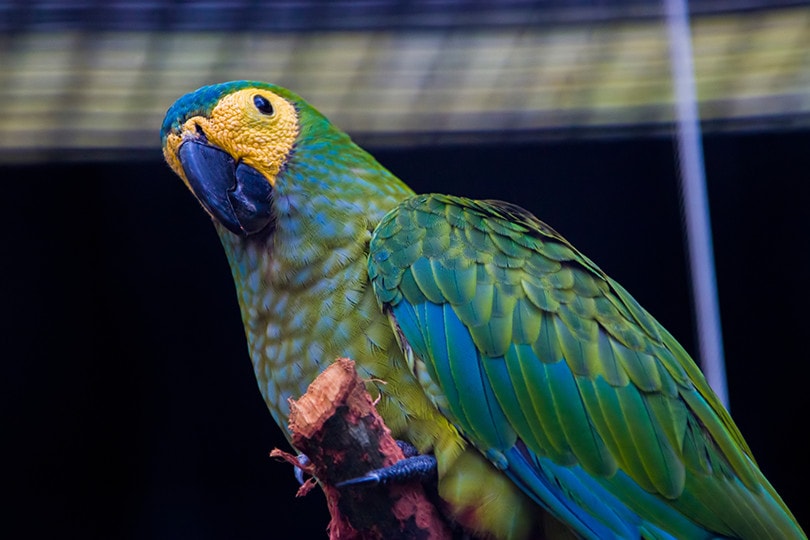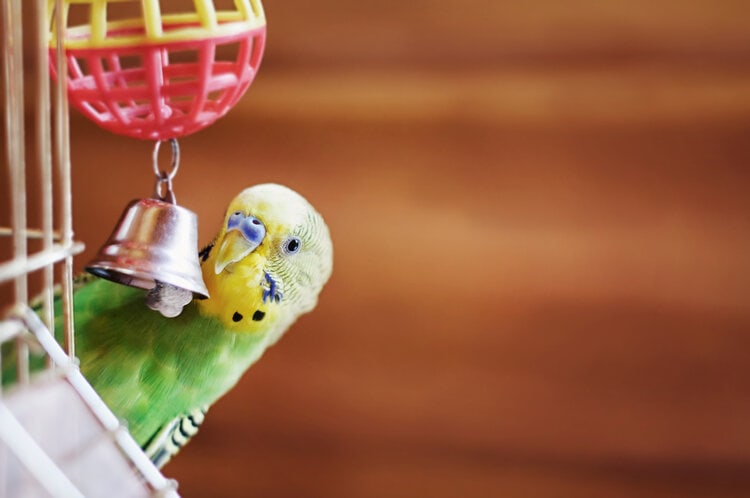It’s easy to forget that history makes dust of ancient civilizations like the Persians, but much of their culture lives on in modern-day Iran, including some exceptional and unique horse breeds. With athletic, spirited, courageous horses used to conquer what we call the Middle East, Persia helped shape the course of equine history forever. Their descendants today aren’t war horses anymore, but they’re still impressive horses in their own right. Let’s check out some of the most fascinating and famous Persian horses that are still around today.

The 7 Persian Horse Breeds
1. Caspian
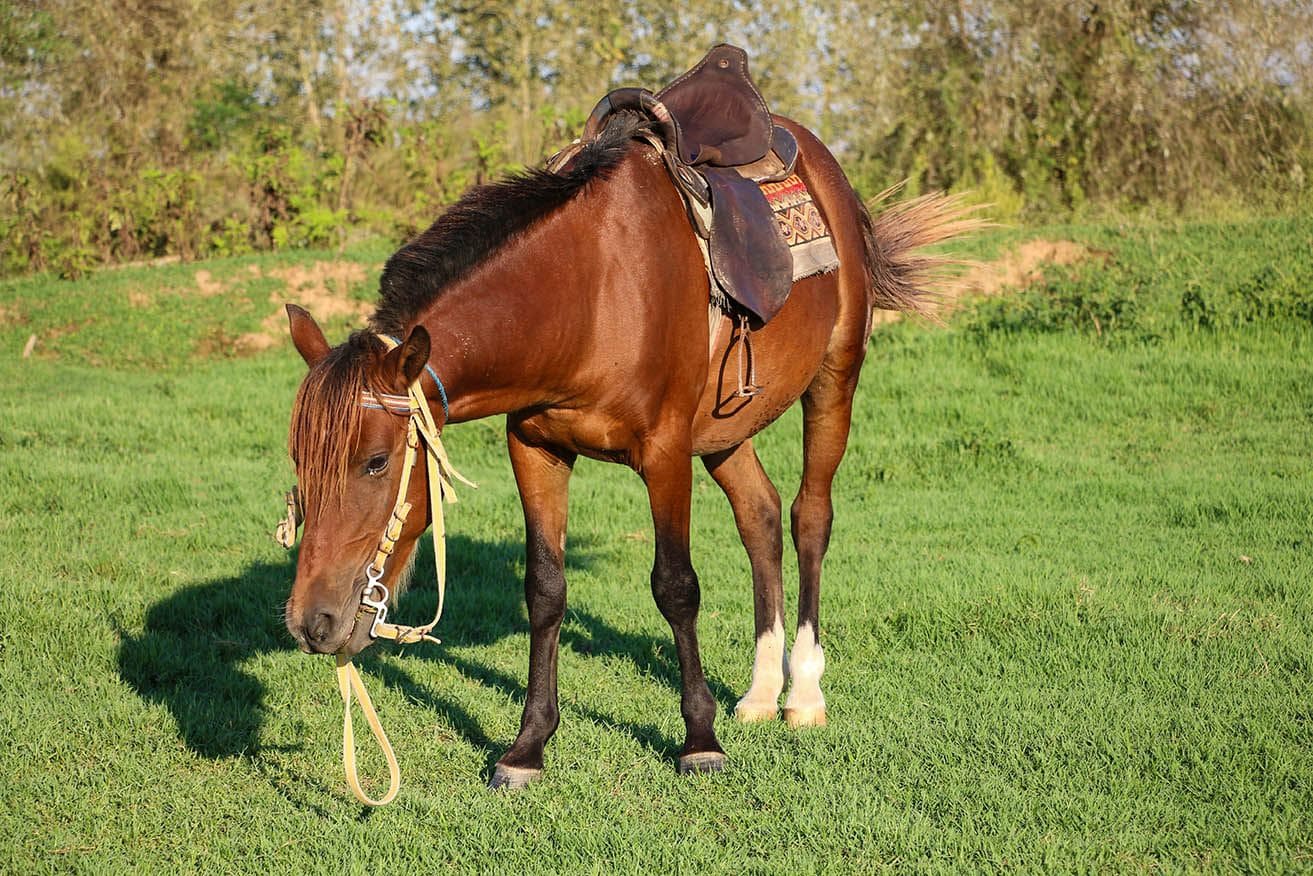
| Height: | 10–12 hands |
| Colors: | Bay, chestnut, black, gray |
Once thought to be extinct for centuries, the highly prized Caspian horse was rediscovered in the mountains near the Caspian Sea in 1965. Since then, sadly, this diminutive and gentle breed has been critically endangered and the focus of animal conservation efforts in the Middle East. The Caspian is unique among horses in that they can have one of five distinct skeletal structures, depending on their bloodline.
2. Asil Arabian
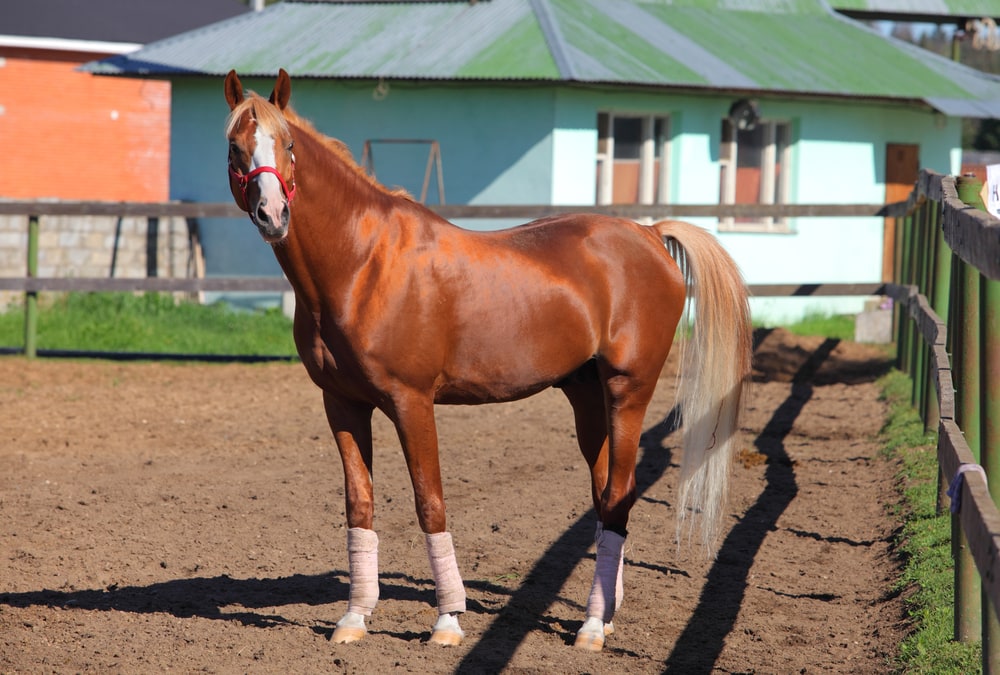
| Height: | 14–15 hands |
| Colors: | Chestnut, bay, gray, white, black, roan |
The Asil Arabian is one of the purest horse bloodlines in the world, and they’ve famously been strictly kept in their Persian homeland by native tribes and horse breeders. They’re one of the few horses to have never been crossbred with other breeds, and just owning one is thought to invite material wealth and overall be a sort of good luck charm. Asil Arabians are often held to be one of the most noble horse breeds in the world and are famous for their good temper.
3. Kurdish
| Height: | 14–15 hands tall |
| Colors: | Bay, chestnut, black, gray |
Kurdish horses are a loosely related group of horses used for millennia by the native Kurdish people in ancient Persia all the way to modern Iran and surrounding regions. In general, the breed is a compact, medium-sized horse with a reputation for prodigious endurance. They have no established breed standards to date, but interest in Kurdish horses has caused a resurgence in efforts to establish standards.
4. Turkmen
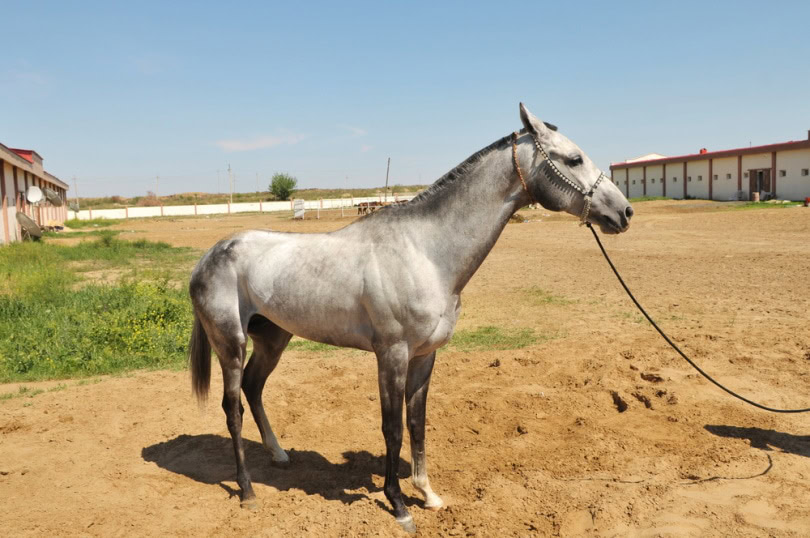
| Height: | 15–16 hands |
| Colors: | Black, chestnut, gray, bay, palomino |
Also called Turkomen or Akhal-Teke horses, the tall Turkmen horse hails from the harsh deserts of Turkestan, which encompasses modern-day Turkey, Kazakhstan, and surrounding mountainous regions. Primarily known for great stamina and a uniquely metallic sheen, the Turkmen horse in its pure form is actually thought to be extinct. Today, only their purest distant descendants remain.
5. Chenaran
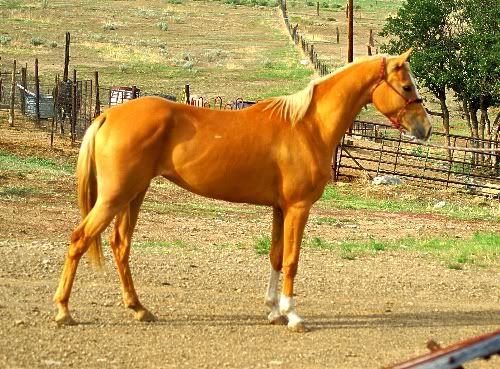
| Height: | 14–15 hands |
| Colors: | Bay, chestnut, black, gray |
Sometimes called the Tchenarani, the Chenaran horse is a hefty crossbreed between the Asil Arabian and the Turkmen. Originally developed as a sturdy military war horse, the modern Chenarans are largely used for pleasure riding and occasionally racing by native Iranians. Truth be told, they’re super rare and there are very few purebred horses of this breed still alive. This horse is kind, brave, and known for a fast gallop.
6. Darashouri
| Height: | 15–16 hands |
| Colors: | Black, gray, bay, chestnut |
The docile Darashouri is a tall, muscular horse known for its intelligent, lively personality and silky, shiny coat. Nobody’s quite sure where they came from, but most agree that the Darashouri has some Asil Arabian blood due to its bulky build. Despite being larger horses, the Darashouri are known to run like the wind and excel at equine jumping events.
7. Bakhtiari

| Height: | 14–15 hands |
| Colors: | Black, gray, bay |
The Bakhtiari is a newer horse breed with roots in modern-day Pakistan’s grasslands, related to the Barb horse. This breed has a more distinct angular, almost lanky look to its face and body structure, and most obvious of all are its signature turned-up ears that mark it as a relative to the Marwari horse. Like many others above, the Bakhtiari is endangered and very few of pure blood are still around.

Final Thoughts
Ancient Persia may only be known through its ruins, but we can look at their horses today to see a little of what the Middle Eastern empire was like. They prized strength, nobility, and endurance above all other traits, and we find it fascinating that they attached such spiritual significance to their beloved mounts.
See Also:
Featured Image Credit: KUSHEI, Shutterstock
